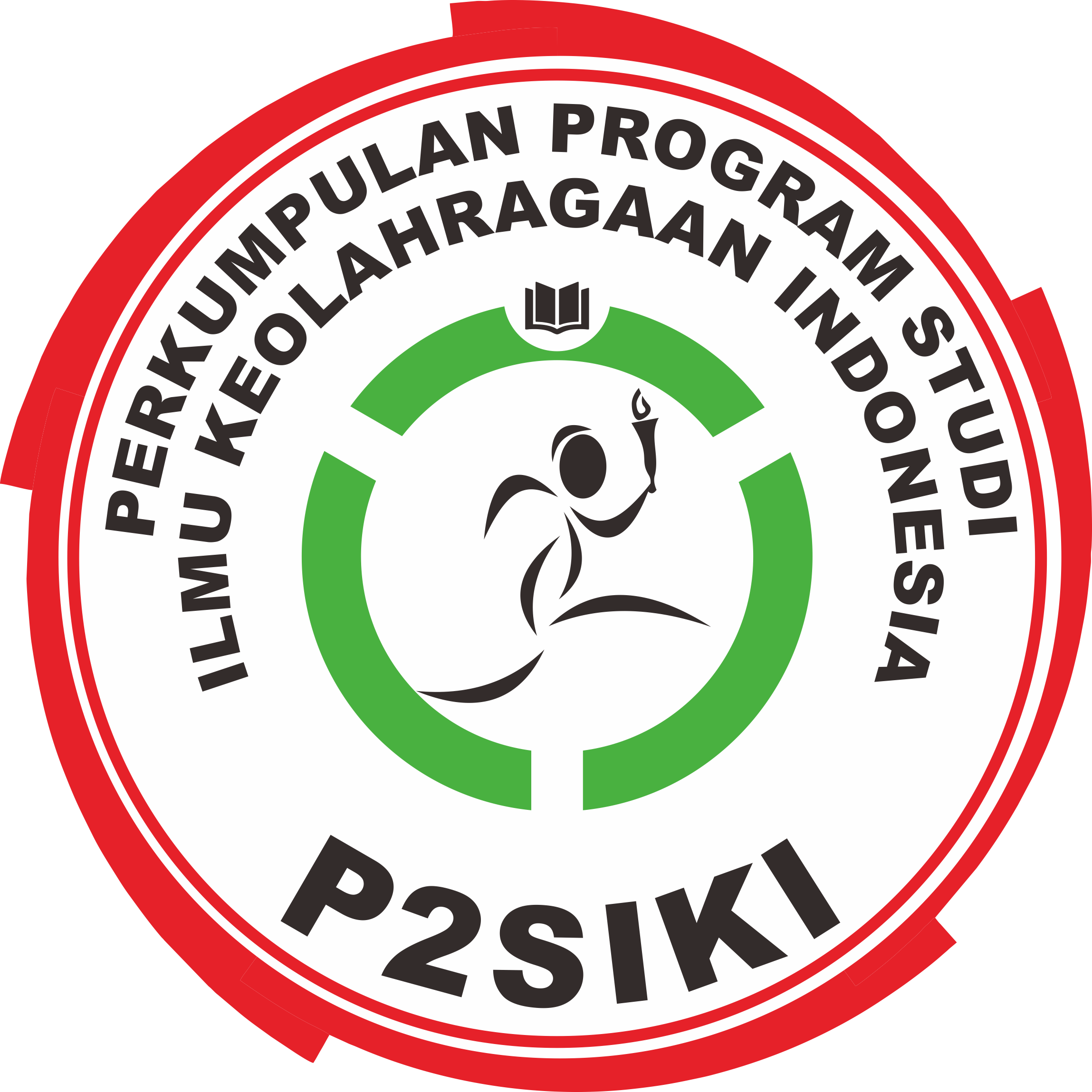Pengaruh Metode Latihan, Bentuk Latihan Kecepatan dan Kelincahan terhadap Prestasi Lari 100 Meter
(1) Program Pascasarjana, Program Studi Pendidikan Olahraga, Universitas Negeri Semarang
(2) Program Pascasarjana, Program Studi Pendidikan Olahraga, Universitas Negeri Semarang
(3) Program Pascasarjana, Program Studi Pendidikan Olahraga, Universitas Negeri Semarang
(4) Program Pascasarjana, Program Studi Pendidikan Olahraga, Universitas Negeri Semarang
Abstract
Mistake that often occur in the short-distance runners (sprinters) in particular student sprinters lie in the running technique, which are the hips tend to lean forward while running, the stride length is too short. This study aimed to determine the difference between: the effect of coordination and reactive movement speed (quickness) training methods, the contrast and non-contrast running form practice, the influence between fast and slow agility, and the interaction between training methods, form speed training, and agility on the student sprinters’ at 100 meters. This research is an experiment study with 2x2x2 factorial design. The research sample was consisted of 58 sprinters, aged between 13-17 years old from Kendal and Pati. The data were analyzed by Multivariate Analysis of Variane (MANOVA). The results are as follows: There is a significant difference between coordination training methods and reactive movement speed (quickness) against stride frequency, optimal stride length and average stride length, There is a significant difference between the form of contrast exercise and non-contrast exercise, There is a significant difference between fast agility and slow agility, and There is a significant interaction effect between training methods, the form of training and the agility to 100 meters. Based on these results, it is recommended to: the athletic trainers for a short length or sprint, and be able to implement the reactive speed training (quickness) and the form of non-contrast training as one of the alternative method for developing running speed (sprint).
Keywords
Full Text:
PDFReferences
Anthony, Donskov. (2011). Acceleration:The Key to Athletic Performance: http://www.donskovsc.com/articles/Acceleration.pdf.10/4/2011.
Bader, Rolf; Chourard, Dietmar; Eberle, Fred; Kromer, Roland, Mayer, Gunter. (2002). Bewegung, Spiel und Sport In Der Schule. Leichtathletik In Der Schule. Germany: Deutscher Leichatletik Verband (DLV).
Bompa, Tudor O. (2000). Training for Young Champions. Champaign, II: Human Kinetics.
E. Brown; Vance A; Ferrigno. (2005). Training For Speed, Agility And Quickness. United States of America: Human Kinetics. Champaign.
Husein Argasasmita, Junusul Hairy, Ria Lumintuarso, Sugiyanto, Muslim, Mulyana. (2007). Teori Kepelatihan Dasar. Jakarta: LANKOR. Kementerian Negara Pemuda dan Olahraga.
Richard Weil. (2004). Resisted Sprint Training For The Acceleration Phase Of Sprinting. Strength Conditionong Journal 28: 42-51, 2006.
Sukadiyanto dan Dangsigna Muluk. (2011). Pengantar Teori Dan Metodologi Melatih Fisik. Bandung: CV. Lubuk Agung
Yuri, Elkaim.( 2003). The Efect Of Resisted Sprint Training On Speed And Strength Performance In Male. Journal Sport And Excercise. 17: 760-767.
Young, W.B., McDowell, M.H., & Scarlett, B.J. (2010). Specificity Of Sprint And Agility Training Methods. Journal of Strength and Conditioning Research, 15(3), 315-319.
Refbacks
- There are currently no refbacks.
Published by:
Department of Sport Science, Universitas Negeri Semarang
Gd. F1 Lt. 1 FIK-UNNES, Jalan Raya Sekaran Gunungpati Semarang Indonesia 50229, Telp/Fax: (024) 8508007
This work is licensed under a Creative Commons Attribution 4.0 International License.




